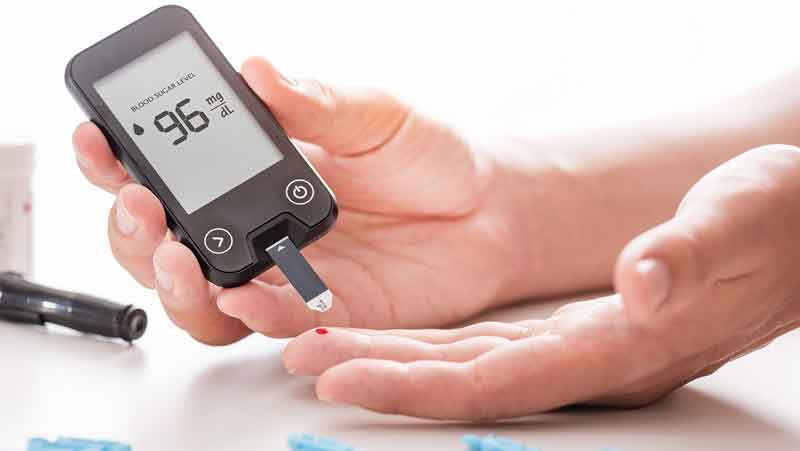
Understanding Polycystic Ovary Syndrome (PCOS): Effects and Implications
PCOS is a common hormonal disorder that affects the ovaries and reproductive system, with potential implications for various aspects of a woman’s well-being. In this article, we will delve into







